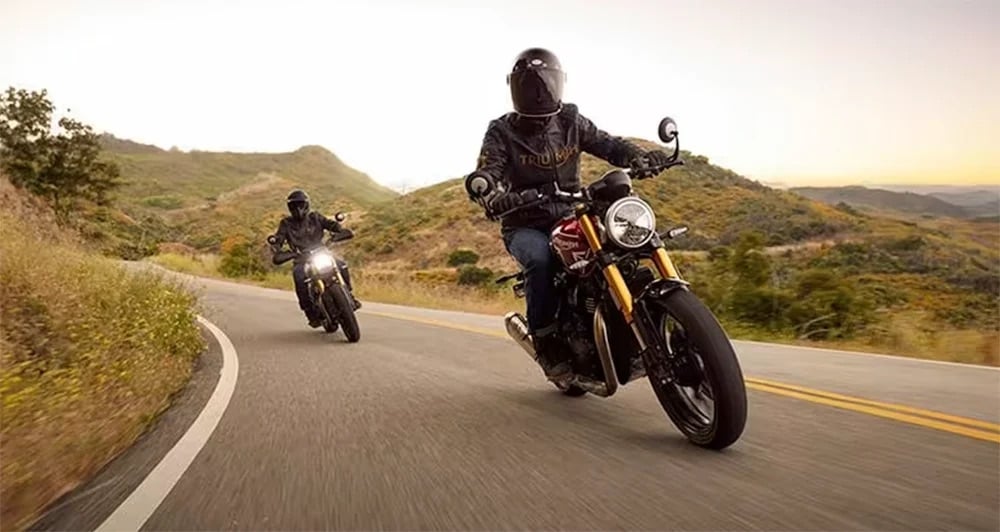
Triumph has been teasing spy photos of its smallest bike for several years now, and the British brand finally unveiled the new bike several days ago to a global audience.
Developed in partnership with Indian giant Bajaj, the new platform initially comes in two models: the Speed 400 roadster and the Scrambler 400 X. Manufacturing will be sourced from Triumph’s factories in Brazil and Thailand, as well as from Baja India.
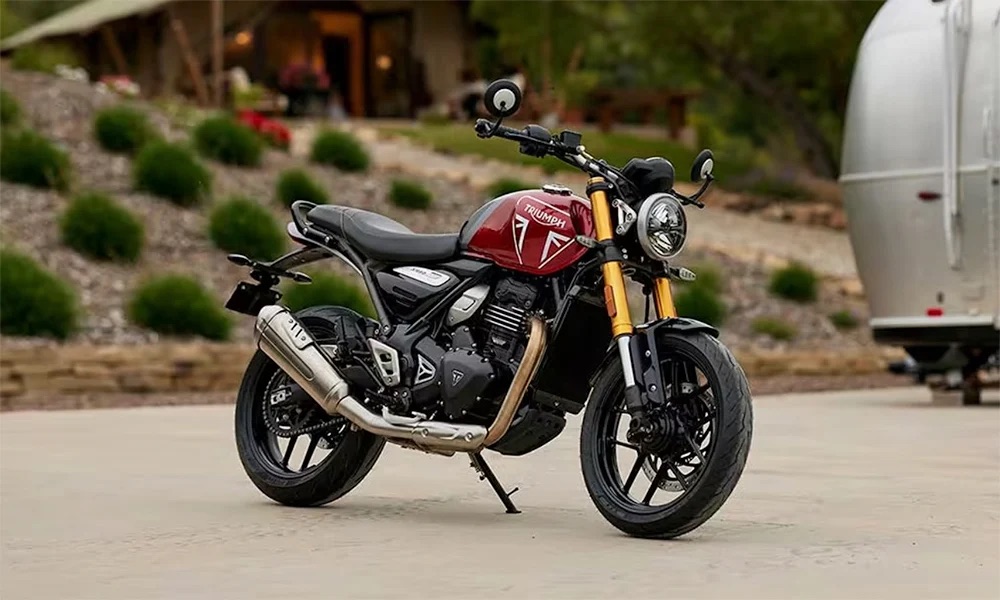
With classic styling elements such as a round headlamp, a finned cylinder head, a teardrop fuel tank, and clean lines unfettered by messy cables or hoses by the engine, the new bike certainly looks handsome in either guise.
The new TR-series motor is a water-cooled, single-cylinder unit with a bore and stroke of 89mm and 64mm, displacing 398.15cc. The claimed service interval is 16,000km or 12 months, whichever comes first.
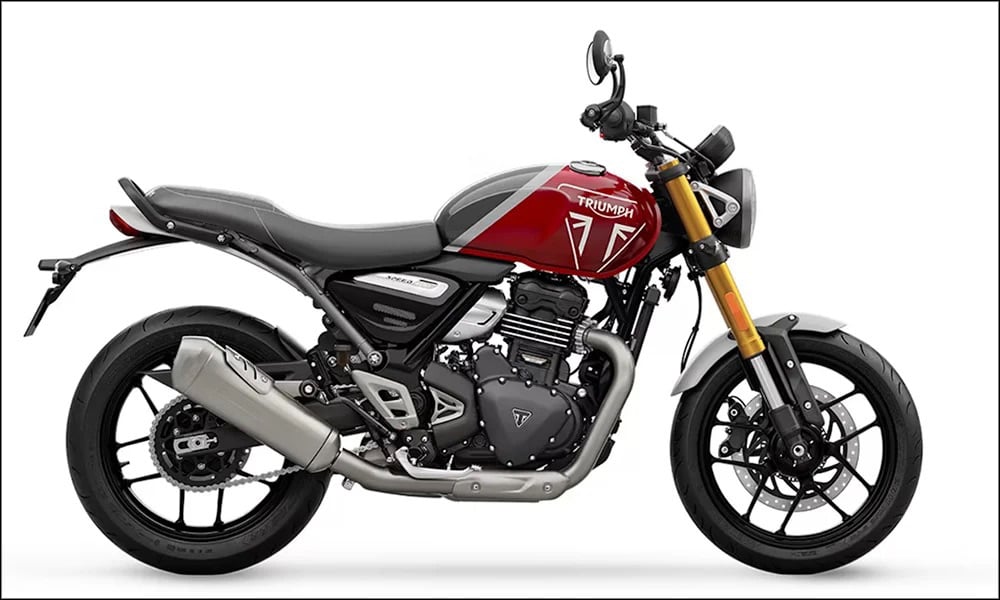
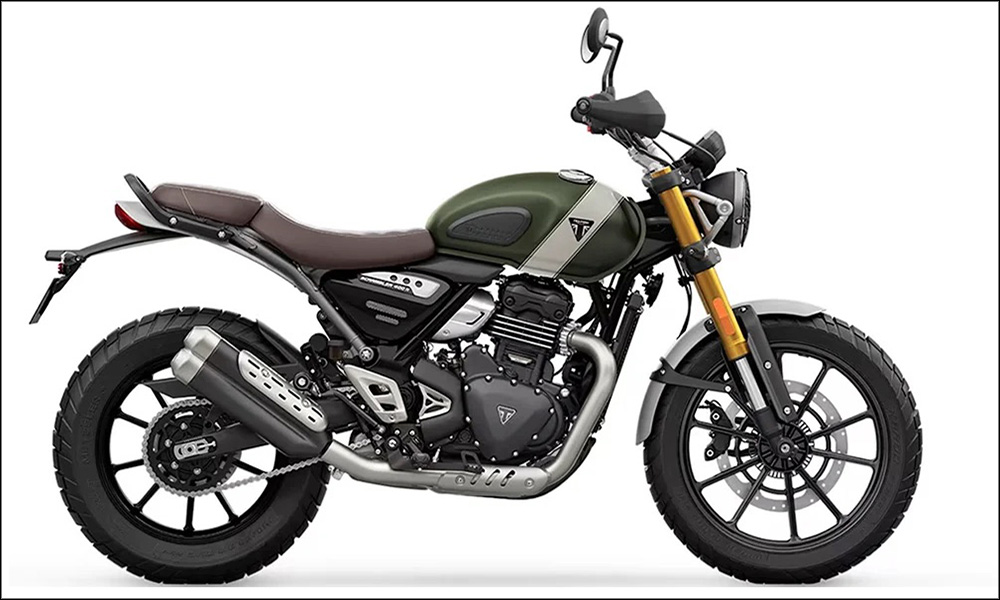
The compression ratio is relatively modest at 12:1, yielding a peak output of 39.5hp at 8,000rpm, and 36.9Nm at 6,500rpm. The six-speed transmission is chain driven and features a slip-and-assist clutch. The frame utilizes a hybrid spine and a perimeter design using tubular steel and a bolt-on rear subframe.
The fork is a nonadjustable 43mm USD Big Piston, while the rear is a gas monoshock with an external reservoir and preload adjustability. ByBre supplies the brakes, with a 300mm front disc with a four-piston caliper, and a 230mm rear for the Speed 400; the Scrambler X gets a bigger 320mm disc.
So far so good.

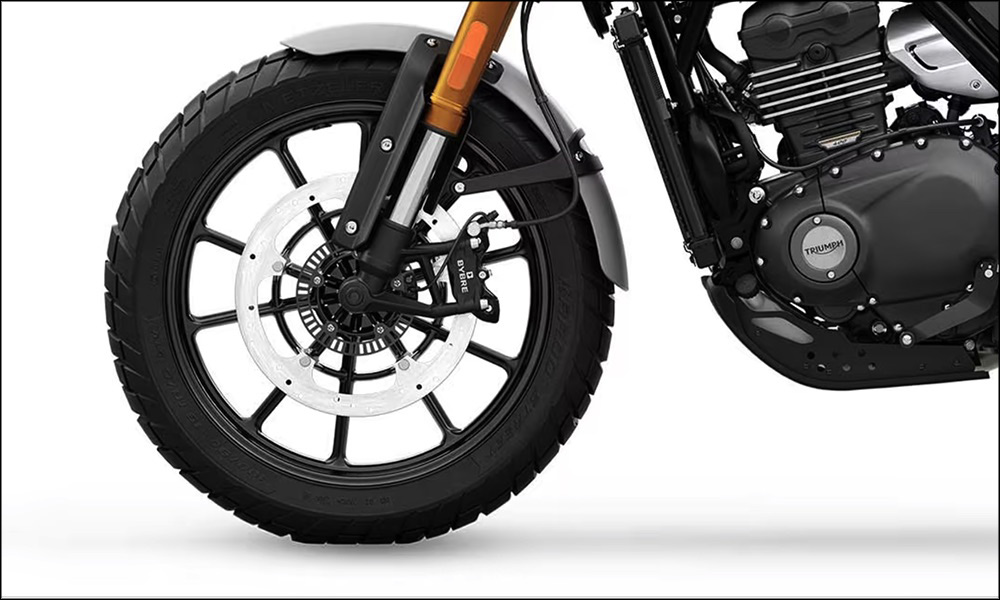
The Speed 400 rolls on cast alloy wheels with 110/70 front and 150/50 R17 rubber. Meanwhile, the Scrambler 400 X gets 19-inch alloy wheels, with a 100/90-19 front and a 140/80-17 rear. The suspension hardware is the same, but the Scrambler X gets 150mm of front and rear travel, while the Speed 400 gets only 140mm of travel for the front and 130mm for the back.
Both bikes use an analog speedometer with an integrated multifunction screen. Electronics are limited to ride-by-wire, dual-channel ABS, and switchable traction control.
The Speed is listed with a 790mm seat height, while the Scrambler is slightly higher at 835mm. Slight changes to the frame also give the two bikes different wheelbases and rake angles: The Speed has a 1,377mm wheelbase with a 24.6° rake, while the Scrambler is slightly longer at 1,418mm with a slacker 23.2° rake.
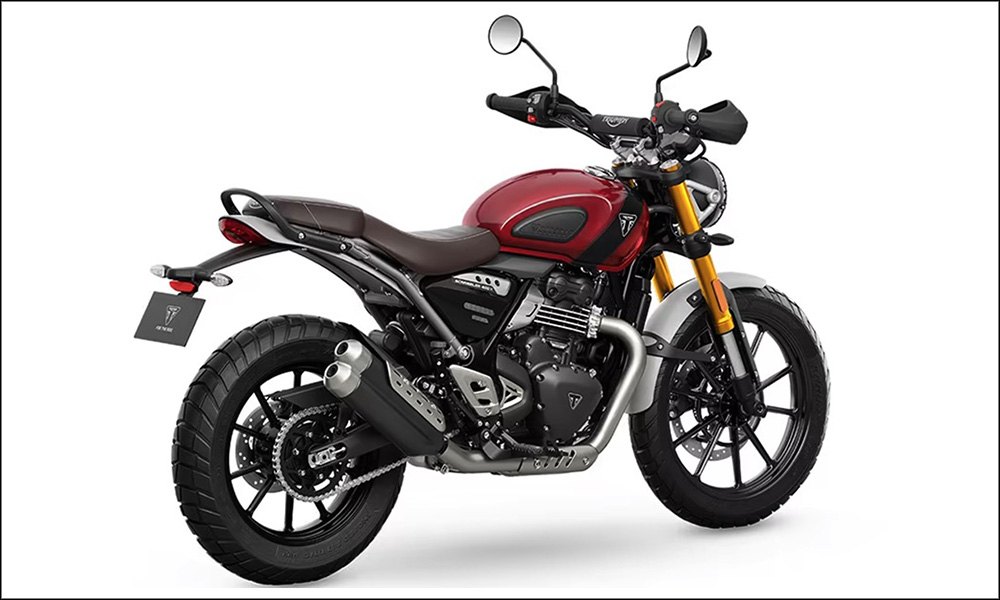
Both bikes have the same 13L fuel tank, but the Speed weighs 170kg while the Scrambler is 9kg heavier at 179kg. The extra weight might be due to the larger wheels and tires, the double-barrel exhaust, the longer mudguard, the headlamp guard, the radiator guard, the handguards, and the sump guard.
Either model looks undeniably attractive. The Speed features a one-piece saddle with silver accents on the side panels and a headlamp bracket to match the headers and the front fender, along with café racer-ish bar-end side mirrors. The USD fork isn’t adjustable, but the gold stanchions say “money.” The Scrambler uses a separate pad for the pillion rider, with authentic scrambler touches like the ventilated heat shields on the muffler, a higher handlebar, and a headlamp protector to shield it from stone impacts.
Triumph has also done a nice job of hiding the radiator, so at first glance one might actually think it’s a classic air-cooled unit.
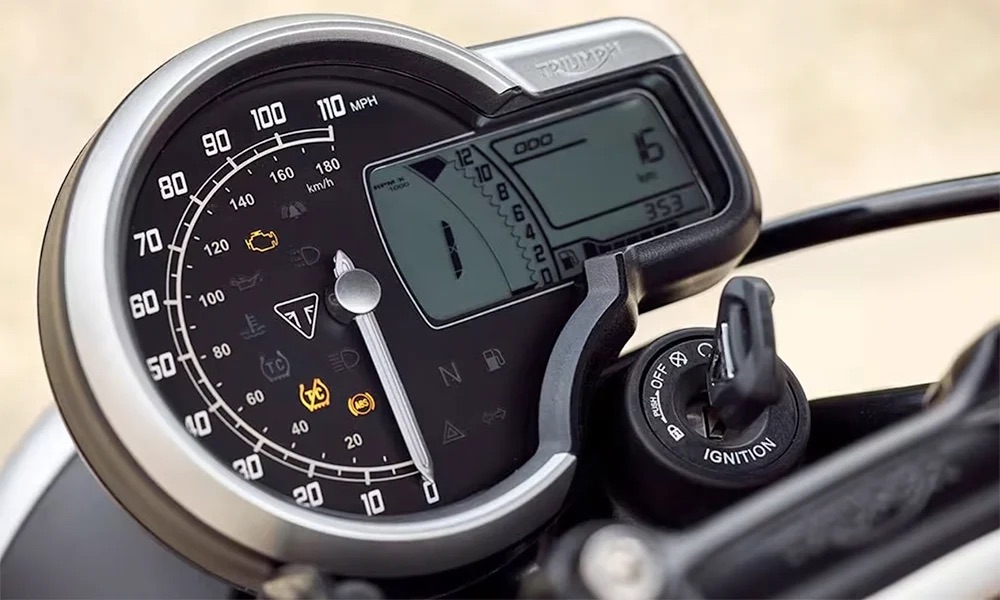
Aesthetically and mechanically, the new bikes look good and would seem to put market leaders like KTM and CFMoto on the back foot. But as always, price will be a big factor in the cost-conscious, entry-level, expressway-legal market. And it’s not like the market has a lack of options either.
We have the KTM 390 Duke, the Husqvarna Svartpilen and Vitpilen 401, the Honda CL500 Scrambler, the Royal Enfield Scram 411, the Kawasaki Z400, and the Bristol Assassin 400—all somewhere around the P300,000 mark. At the cheapest end of the spectrum, there’s the Kawasaki Dominar 400 at P198,900, followed by the CFMoto 400NK at P219,000.
But Triumph will likely position the new bikes as a premium option, and therefore closer in pricing to the KTM and the Husqvarna. The Speed 400 and the Scrambler X will first be launched to the Indian market this July, while the rest of the world will get to have them in early 2024.
If you’ve been thinking of getting an entry-level big bike, you might want to wait until next year. Or, this being a very competitive market and all, be on the lookout for some good deals from competing brands as they try to steal Triumph’s thunder.


0 Comments